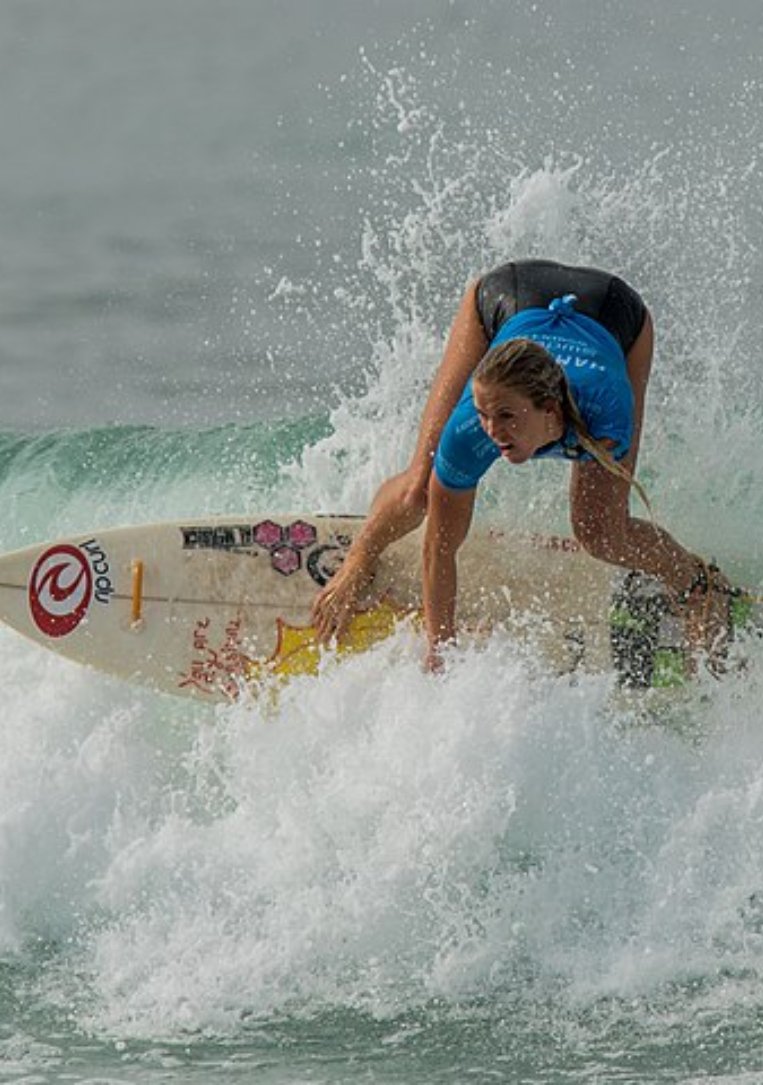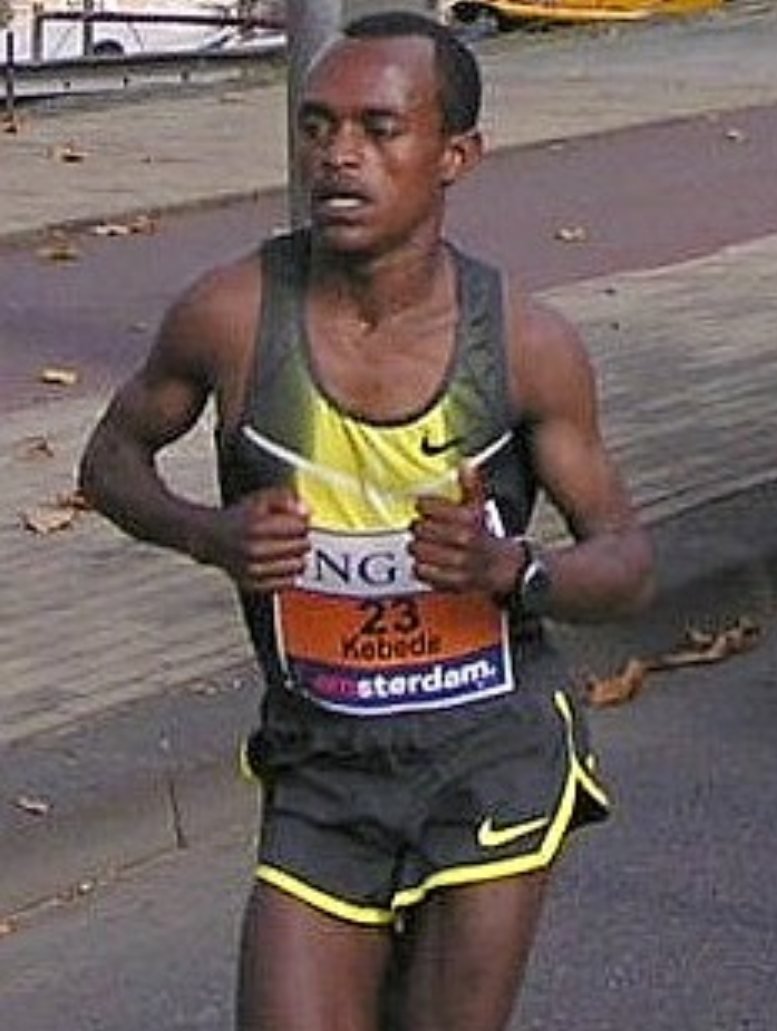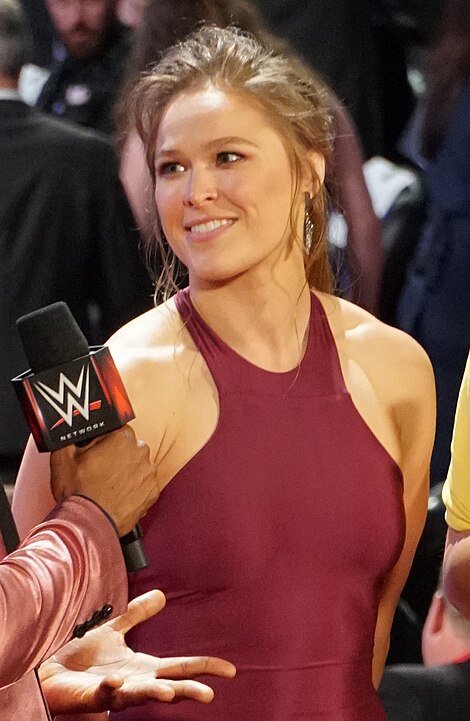The crystalline waters off Kauai’s North Shore don’t discriminate. They’ll cradle you one moment and crush you the next—a reality that 13-year-old Bethany Hamilton understood intimately long before most kids learn algebra. Born to the rhythm of Hawaiian surf, Hamilton wasn’t just another sun-kissed teen with salt-crusted hair and dreams of pro surfing glory. She was, as local coach Bobo Bollin put it, “probably the best young surfer I have ever seen.”
This isn’t just another tale of sporting prodigy, though. This is about what happens when life takes a 14-foot bite out of your future – and how you paddle back out anyway.
Bethany Hamilton: Child of the Waves
Before we dive into the wave that changed everything, let’s rewind.
February 8, 1990: Lihue, Kauai welcomes Bethany Meilani Hamilton into a family where saltwater practically flows through their veins. Tom and Cheri Hamilton, avid surfers who worked at a local surf resort, had their daughter perched on a board practically before she could walk. By age three, while most toddlers were mastering tricycles, little Bethany Hamilton was already learning to read the ocean’s moods.
“By around 8 years old, I confidently knew God loved me and that I was going to be a professional surfer,” Hamilton would later reflect, with the kind of certainty most adults never achieve about anything. It wasn’t just childish optimism—the kid could shred. She entered her first competition at age eight, often competing against and beating kids years older. By nine, she’d secured her first sponsorship with Rip Curl. Not bad for someone who hadn’t hit double digits yet.
Home-schooled from sixth grade to accommodate dawn patrol and afternoon sessions, Hamilton’s childhood was a sun-soaked blur of competitions and increasingly impressive results. In May 2003, 13-year-old Bethany didn’t just win her age division at Hawaii’s Local Motion/Ezekiel Surf Into Summer meet – she took the Open Women’s division too, sending a clear message to the surfing establishment: this kid wasn’t waiting her turn.
Summer 2003 saw her claim second place in the open women’s division at the National Scholastic Surfing Association Championships in California. The trajectory was clear: Bethany Hamilton was surfing’s next big thing, a world championship seemingly inevitable.
Then came Halloween morning, 2003.
The Bite That Changed Everything
October 31st dawned like countless others on Kauai’s North Shore. The waves at Tunnels Beach (Makua Beach) were clean, conditions ideal. Thirteen-year-old Bethany Hamilton paddled out with her best friend Alana Blanchard, along with Alana’s father Holt and brother. Just another perfect Hawaiian morning.
Until it wasn’t.
Around 7:30 a.m., as Bethany lay prone on her board, left arm dangling in the water, a 14-foot tiger shark struck with devastating efficiency—a single, brutal bite that severed her arm just below the shoulder.
Hamilton’s recollection of the moment is disturbingly matter-of-fact: “My arm was hanging in the water, and it just came and bit me,” she later told local media. With the composure of someone twice her age, she turned to Alana with what might be the understatement of the century: “I think we better go in because I’ve been attacked by a shark.”
No screaming. No panic. Just a 13-year-old girl watching the water around her turn crimson while maintaining the presence of mind to warn others.
Holt Blanchard transformed into a first responder in seconds, fashioning a tourniquet from his surfboard leash to stem the catastrophic bleeding from Bethany’s shoulder. Then came the excruciating 20-minute paddle to shore – a journey that would have tested Olympic athletes, let alone a teenager who’d just lost 60% of her blood volume.
“I prayed the whole way in,” Bethany would later recall, describing a surreal state of shock yet “peace” as they made that desperate journey to land.
By the time emergency responders rushed her to Wilcox Memorial Hospital in Lihue, Bethany Hamilton was in hypovolemic shock. In a twist of fate that feels almost scripted, her father Tom was already at the hospital awaiting knee surgery – he immediately gave up his operating room slot so doctors could work on saving his daughter.
Dr. David Rovinsky, the orthopedic surgeon who treated her, would later observe that Hamilton’s athletic conditioning likely saved her life: “This is a woman who is a highly trained athlete, and because of that she’s able to handle a huge blood loss really well.”
The attack made international headlines: teen surf prodigy loses arm to shark. It was the kind of story that typically ends one of two ways—with inspired comeback or tragic what-could-have-been. Nobody, least of all the medical team that saved her life, could have predicted what happened next.
Just one day after the attack, lying in her hospital bed, Bethany Hamilton turned to her father and said five words that would define everything that followed: “Daddy, I’m going to surf again.”
Bethany Hamilton’s Road to Surfing Again
Recovery timelines are for mere mortals, not Bethany Hamilton.
Released from the hospital just days after the attack, Bethany approached her new reality with the same determination that had made her a surfing prodigy. Simple tasks became complex puzzles to solve: cutting an apple, putting up her hair—suddenly overwhelming challenges. So she got creative, using her feet, legs, shoulder, even her mouth to compensate for her missing limb.
“All of a sudden daily tasks like cutting an apple or putting my hair up were so overwhelming,” she recalled, but rather than dwell on limitations, she focused on adaptations. This wasn’t about accepting a new normal – it was about redefining what was possible.
Twenty-six days after losing her arm – let that sink in, twenty-six days – Bethany paddled back out. Her father and local shapers had modified a board with a special handle on the deck to give her right hand extra grip for duck-diving under waves. She’d learned to kick her legs vigorously while paddling, since one arm couldn’t generate the same propulsion.
That first session back wasn’t exactly a triumphant movie montage. She wiped out on her first two waves, the ocean offering no sympathy discount for her condition. But on the third attempt, she rode a wave all the way to shore – a moment that silenced any remaining doubts about whether Bethany Hamilton would continue surfing.
“It’s about twice as hard. Everything about it is harder,” she admitted about surfing one-armed, “but it hasn’t changed my outlook… I’m just glad to be alive and out there.”
The psychological aspect of her recovery was perhaps even more remarkable than the physical. Trauma counselors watched for signs of fear or depression, but found instead a teenager with uncommon composure. Bethany Hamilton credited her Christian faith: “I had a sense of peace and calmness… because I was able to turn to Jesus during this crazy moment.”
While in the ambulance, a paramedic had whispered to her a Bible verse: “God will never leave you nor forsake you,” words she clung to throughout her recovery.
Her mother Cheri shared an anecdote that perfectly captured Bethany’s spirit: shortly after surgery, she invited friends over to play croquet – and insisted everyone use only one arm so she wouldn’t have an advantage. “She beat them all, of course,” Cheri laughed. Classic Bethany.
Competing Against the World (and Winning)
In January 2004, less than three months after losing her arm, Bethany Hamilton entered her first post-attack contest – a local NSSA event – and finished fifth. By summer 2005, she didn’t just participate in the Explorer Women’s division at the NSSA National Championships; she won it outright.
The accolades poured in: ESPN’s ESPY Award for Best Comeback Athlete, Teen Choice Award for Courage. The once little-known Hawaiian surfer had become a global symbol of resilience.
By 2007, she’d joined the Association of Surfing Professionals Qualifying Series, competing worldwide. That same year, she claimed first place in the T&C Women’s Pipeline Pro in Hawaii – conquering the legendary Banzai Pipeline, one of surfing’s most dangerous waves.
As her technique evolved, Bethany’s approach to waves became distinctively her own. She would drop into waves a split-second later than others to compensate for reduced paddling speed. Her leg strength and core balance developed exponentially, generating power and speed in ways that differed from two-armed surfers.
Fellow competitors who initially viewed her as an inspirational figure came to respect her as a legitimate threat in the lineup. Six-time world champion Kelly Slater offered perhaps the most telling assessment of Hamilton’s achievement: The hardships she overcomes to perform at the level she does are “arguably unparalleled in men’s or women’s sport.” Slater even challenged others to try surfing with one arm tied down to grasp the difficulty, admitting he would be scared to attempt it.
Hamilton herself remained characteristically humble about her adaptations: “I don’t look at it like, ‘Wow, I did a really good job with one arm.’ It’s just, ‘Wow, I did a good job on that wave.'”
By 2010, Bethany Hamilton had firmly established that her comeback wasn’t just a feel-good media story but a sustainable professional surfing career. The girl who lost an arm had become, quite simply, one of the world’s best surfers – period.
More Than Just Survival
May 2016 marked perhaps the definitive moment in Hamilton’s competitive career. Accepting a wildcard into the WSL Fiji Women’s Pro at the notoriously challenging Cloudbreak, Bethany delivered the performance of her career: finishing third overall and defeating then-world #1 Tyler Wright and six-time world champion Stephanie Gilmore along the way.
This wasn’t just a good showing “considering her disability.” This was Bethany Hamilton surfing at a world-class level, full stop. What made it even more remarkable? She had given birth to her first son, Tobias, just six months earlier.
Motherhood, it turned out, was just another wave for Bethany to conquer. She married youth minister Adam Dirks in 2013, and they’ve since welcomed three sons: Tobias (born 2015), Wesley (2018), and Micah (2021). “My most important roles are being a wife and mom,” Bethany says, describing her boys as her greatest joy.
Yet becoming a mother didn’t slow her competitive drive. If anything, it enhanced it. Her third-place finish at that WSL event came just six months postpartum, proving that motherhood and athletic excellence aren’t mutually exclusive.
Beyond competition, Bethany Hamilton embraced free surfing – chasing massive swells and pushing her limits in the heaviest conditions imaginable. She tackled monstrous waves at Pe’ahi “Jaws” on Maui (earning a WSL Big Wave Award nomination) and charged terrifying barrels at Teahupo’o in Tahiti.
Her fearless approach to big waves earned her the Surf Industry Manufacturers Association’s “Waterwoman of the Year” award in 2017 and induction into the Surfer’s Hall of Fame that same year.
Redefining Possible
Hamilton’s impact extends far beyond competition results. In 2004, the Hamilton family founded “Friends of Bethany” (later rebranded as the Beautifully Flawed Foundation), a non-profit supporting amputees and youth facing major life challenges.
She personally hosts annual “Beautifully Flawed” retreats for young women who have lost limbs, sharing practical tips (like how to tie hair one-handed) and spiritual encouragement. Attendees frequently describe these experiences as life-changing, finding in Bethany both technical advice and emotional support from someone who truly understands.
Her 2004 autobiography “Soul Surfer” became a New York Times bestseller, later adapted into a 2011 feature film starring AnnaSophia Robb (with Bethany performing her own surfing stunts). The 2018 documentary “Bethany Hamilton: Unstoppable” further cemented her status as not just a surfer, but a cultural icon of resilience.
Hamilton has never shied away from speaking her mind, even when controversial. In early 2023, she publicly opposed the World Surf League’s transgender inclusion policy, stating that she wouldn’t compete if the policy remained in place. While her stance drew both support and criticism, it demonstrated her willingness to stand by her convictions, regardless of potential professional consequences.
Throughout her journey, Bethany has maintained that she doesn’t view herself as disabled. “I feel like I’m an incredibly abled person,” she once said, preferring the term “adaptive athlete” when categorization is necessary. This perspective has sparked important conversations about terminology and inclusion in sports.
The Wave Continues
Now in her mid-30s, Bethany Hamilton continues to surf at an elite level while balancing family life and philanthropic work. Her legacy is already secure: she transformed what could have been a career-ending tragedy into a platform that has inspired millions worldwide.
Looking back on her journey, Hamilton offers this perspective: “Looking in hindsight, I see all the beauty and good that’s come from the loss of my arm. I wouldn’t change my life to be how I think it should be, but rather just embrace it as it is.”
That philosophy—embracing life as it comes, even when it arrives in the form of a 14-foot tiger shark—encapsulates why Bethany Hamilton transcends the typical sports narrative. In a world obsessed with perfection, she reminds us that our greatest limitations often become our most powerful defining features.
As she told a student audience at a recent convocation event, sometimes life feels like “chaotic moments in the ocean… I want you to be ready for the five-wave set.” It’s a perfect metaphor from someone who knows a thing or two about weathering unexpected storms.
The ocean doesn’t care about your circumstances. Neither, it seems, does Bethany Hamilton. She just paddles harder, kicks stronger, and catches the wave anyway—one arm and all.
And therein lies the difference between merely surviving and being truly unstoppable.
If stories of resilience in the surf move you, don’t miss the incredible journey of Brazilian big wave surfer Maya Gabeira. After a near-fatal wipeout in her quest to ride the world’s tallest wave, she returned six years later to conquer the very wave that almost ended her life. Read her story here: Maya Gabeira: The Woman Who Refused to Drown.
Photo By troy_williams – https://www.flickr.com/photos/troy_williams/29490817471/, CC BY 2.0,




